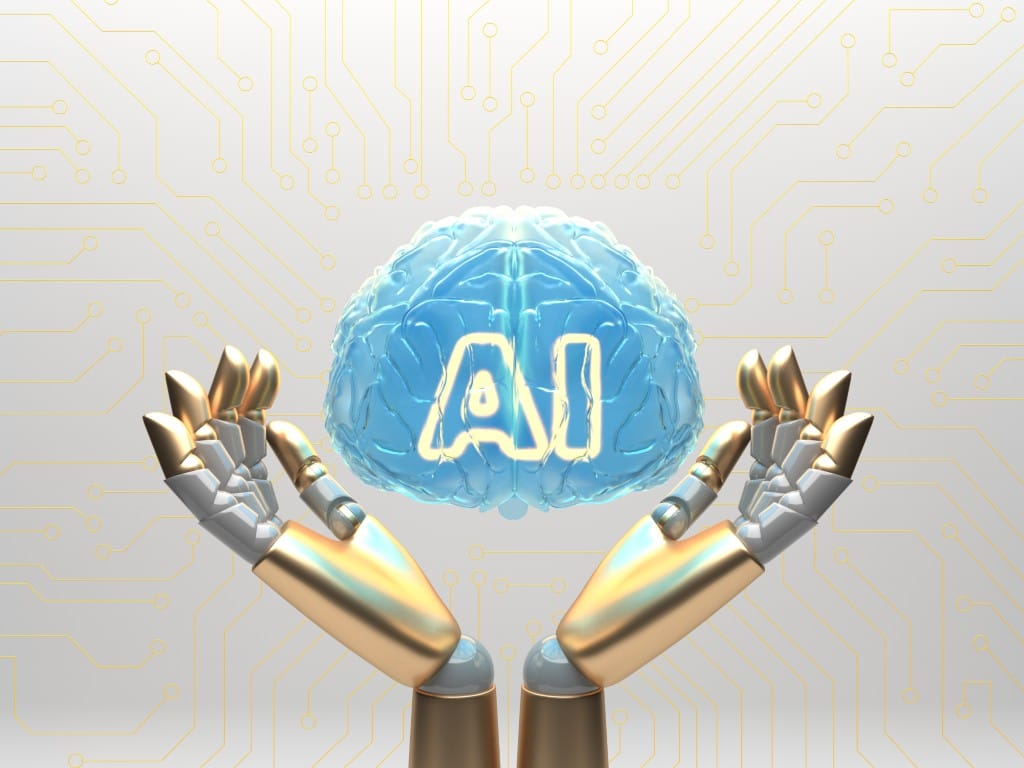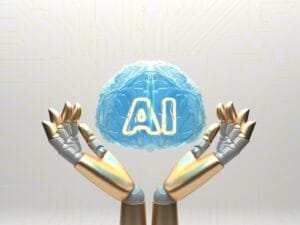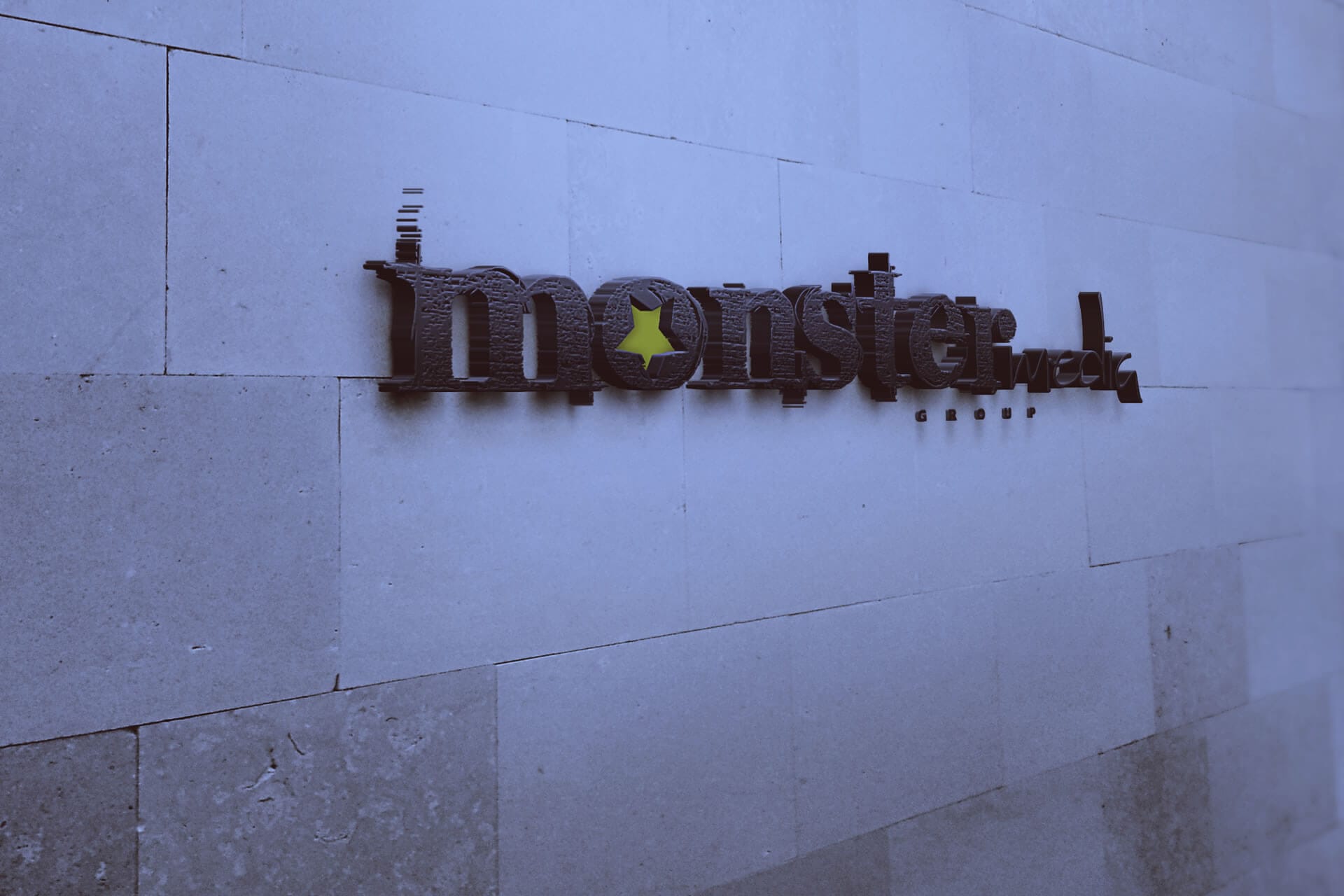Artificial Intelligence (AI) has advanced at a staggering rate over the past few years, transforming nearly every sector it touches—including the creative industry. What once felt like a distant concept is now part of everyday tools used by designers, writers, editors, and artists. As this technology continues to evolve, it brings with it both opportunities and challenges that are reshaping the role of the creative professional.
One of the most immediate effects of AI is speed. Tools like ChatGPT, DALL·E, and Adobe’s AI-powered suite allow creatives to generate concepts, drafts, and visuals in seconds. This speed has significantly shortened timelines for prototyping and ideation. For many, it’s a welcome support system—handling repetitive tasks like formatting or keyword research so creatives can focus more on the strategic and emotional layers of a project.
Another benefit has been accessibility. AI levels the playing field for smaller teams or solo freelancers, giving them access to tools that once required larger budgets or agencies. A one-person team can now produce scripts, animations, or branded visuals with the help of AI, speeding up delivery and boosting output.
But there’s another side to this story.
As AI becomes more capable, concerns have grown around job displacement—particularly for entry-level roles in copywriting, design, and content production. If machines can produce decent first drafts, where does that leave junior creatives trying to break into the field?
There’s also an ongoing debate about originality. Critics argue that AI tends to mimic what already exists, leading to work that can feel generic or emotionally shallow. Creative professionals pride themselves on authenticity, perspective, and nuance—qualities that AI still struggles to truly capture.
Beyond creative concerns, there are also legal and ethical questions. Who owns AI-generated content? Was the AI trained using copyrighted material? What happens when clients unknowingly publish something that may infringe on someone else’s intellectual property?
Despite these challenges, most experts agree that AI isn’t replacing creatives—it’s changing their role. Instead of being responsible for every detail of production, creatives are now acting more as directors, curators, and decision-makers. They use AI to test ideas quickly, explore directions they may not have considered, and produce variations at scale. But the final polish—the meaning, the strategy, the emotional core—still requires a human touch.
In many ways, AI is like any major technological shift: disruptive at first, but ultimately absorbed into the toolkit of those who learn how to use it well. Creatives who embrace AI—not as a threat, but as a collaborator—are likely to find themselves more agile, more productive, and even more inventive in how they approach their craft.
The pace of AI is not slowing down. For creatives, the key is not to compete with it, but to understand it, adapt to it, and continue doing what machines still cannot: making meaningful, human-centered work that connects on a deeper level.



